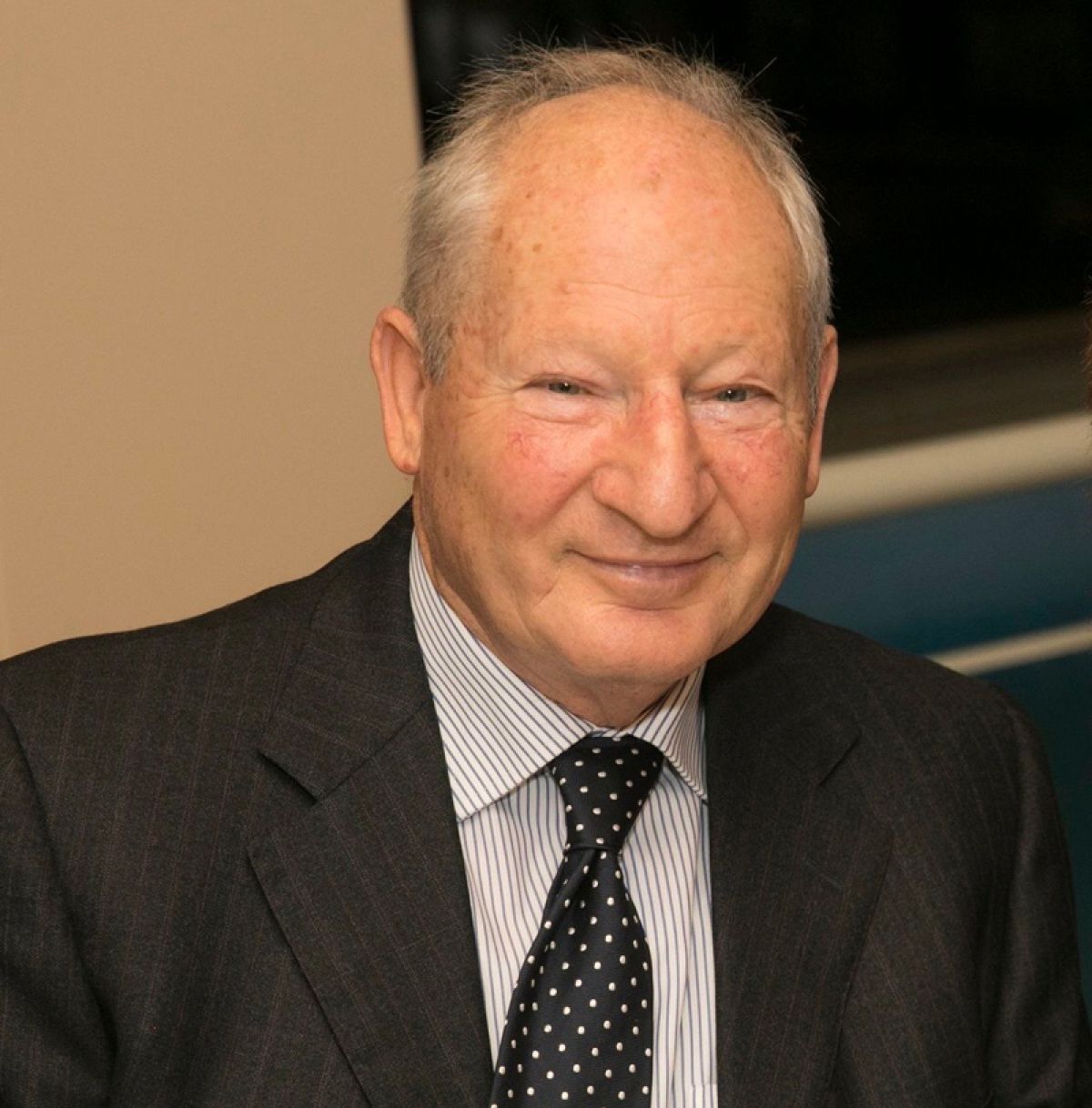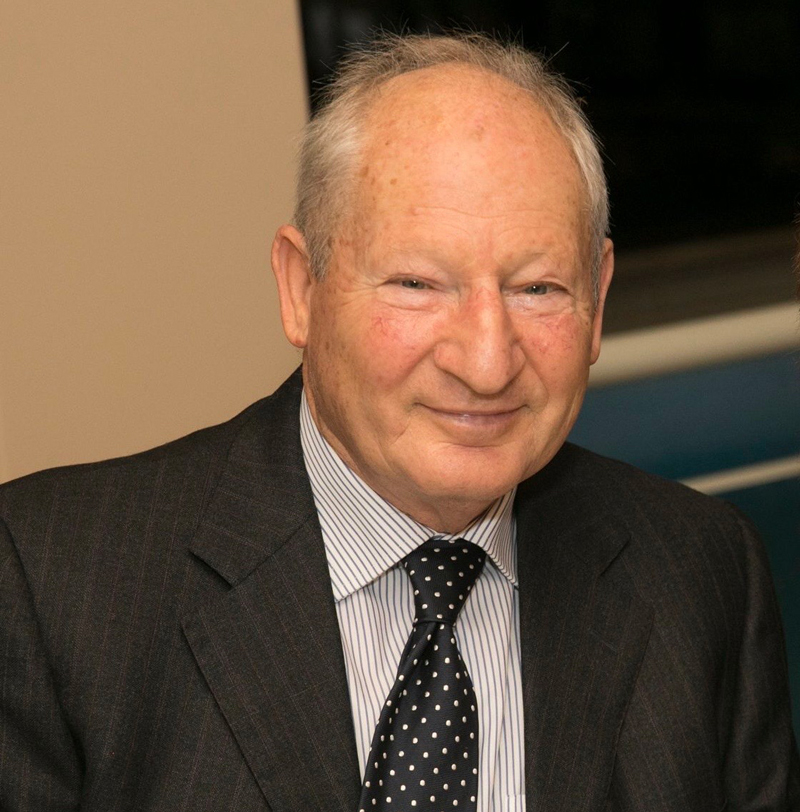New school for Biomedicine and Cancer Research at Tel Aviv University
The school, funded by a generous endowment from the Shmunis Family, aims to research and improve treatments for cancer, COVID-19 and other diseases
Israel’s Minister of Science and Technology Yizhar Shay and TAU President Prof. Ariel Porat will attend the inauguration ceremony of the Shmunis School of Biomedicine and Cancer Research, to be held on Wednesday, August 12, 2020.
The School belongs to the George S. Faculty of Life Sciences and the generous donation will enable a leap in groundbreaking research. At the Shmunis School researchers will be able to identify mechanisms that drive cancer and other diseases, developing new pharmaceuticals and improving patients’ quality of life. This will be achieved through multidisciplinary collaborations and novel research approaches, such as single cell sequencing, proteomics, lipidomics and bioinformatics.
In addition, the new partnership will enable the University to recruit the finest researchers into its faculty, attract the best post-doctoral candidates, award the annual Shmunis Fellowships to exceptional PhD students, and more. The School will also collaborate with many leading academic institutions and host Shmunis Visiting Scholars and international conferences.
Create an important impact
Yizhar Shai, Israel’s Minister of Science and Technology: ”Tel Aviv University is one of the leading academic institutions in Israel and the inauguration of the Shmunis School of Biomedicine and Cancer Research proves that the university also made an international name for itself. Connections like that, between the academia and industry’s needs, create an important impact on academic institutions, the students passing through them, and the whole Israeli economy. I congratulate the Shmunis family for the most welcome donation which promotes cancer research. I have no doubt that the research and the developments from this institution will be Israel’s pride and joy.”
Prof. Ariel Porat, President of TAU: “I am grateful to the Shmunis family for their important and generous gift. The funds will enable researchers at the School to work at the forefront of global science and to develop insights leading to the development of new technologies and drugs in the battle against cancer and other serious diseases.”
Vlad and Sana Shmunis expressed the hope that the gift will help strengthen Israel’s standing as a global leader in cancer and molecular biomedical research. Vlad Shmunis: “My wife Sana and I are very happy that we can take part in supporting frontline research. Cancer is a disease that has unfortunately touched our family and far too many other families around the world. We hope that our gift to TAU will significantly advance research and treatment of cancer and other serious diseases to improve the lives of people in Israel and around the world.”
Featured image: TAU President Prof. Ariel Porat and Israel’s Minister of Science and Technology Izhar Shay (Photo Credit: Chen Galili)











